
When it comes to saving money on energy bills, most people focus on thermostat settings, insulation, and appliance efficiency. While these are important, there is a smaller, simpler thing to consider that could be driving up your costs – dust and dirt.
It may sound surprising, but grime around your home can have a direct impact on how much you pay for heating and cooling as they clog up filters and vents.
To make heating more efficient, HVAC experts share five easy tricks to clear your home of dust in order to cut your energy bills.
How dust and dirt could be affecting your energy bills
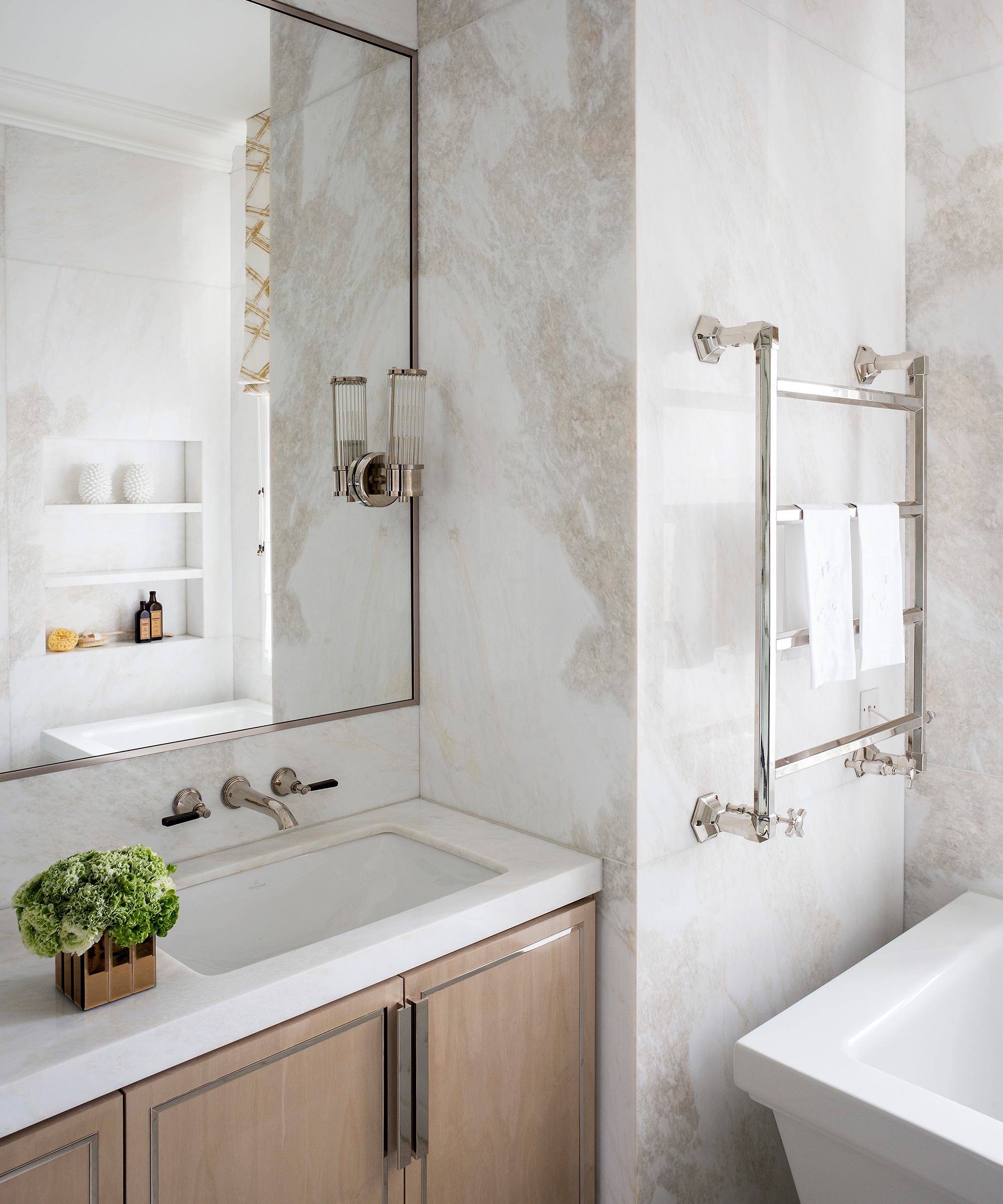
Jon Gilbertsen, president and CEO of Chris Heating & Cooling explains, ‘Dust and dirt don’t just raise energy bills – they sabotage the efficiency of the system at every level. They create an insulating layer on heat exchangers, making it harder for your system to transfer heat.
'They also disrupt airflow balance, causing some rooms to overheat while others stay cold, forcing your system to work harder by compensating and run longer. Even worse, fine dust can interfere with electrical components, leading to unexpected malfunctions and costly repairs.’
So, how do you remove dust properly to cut energy bills? Luckily, dust is one of the easiest culprits to take care of.
1. Clean and change air filters regularly
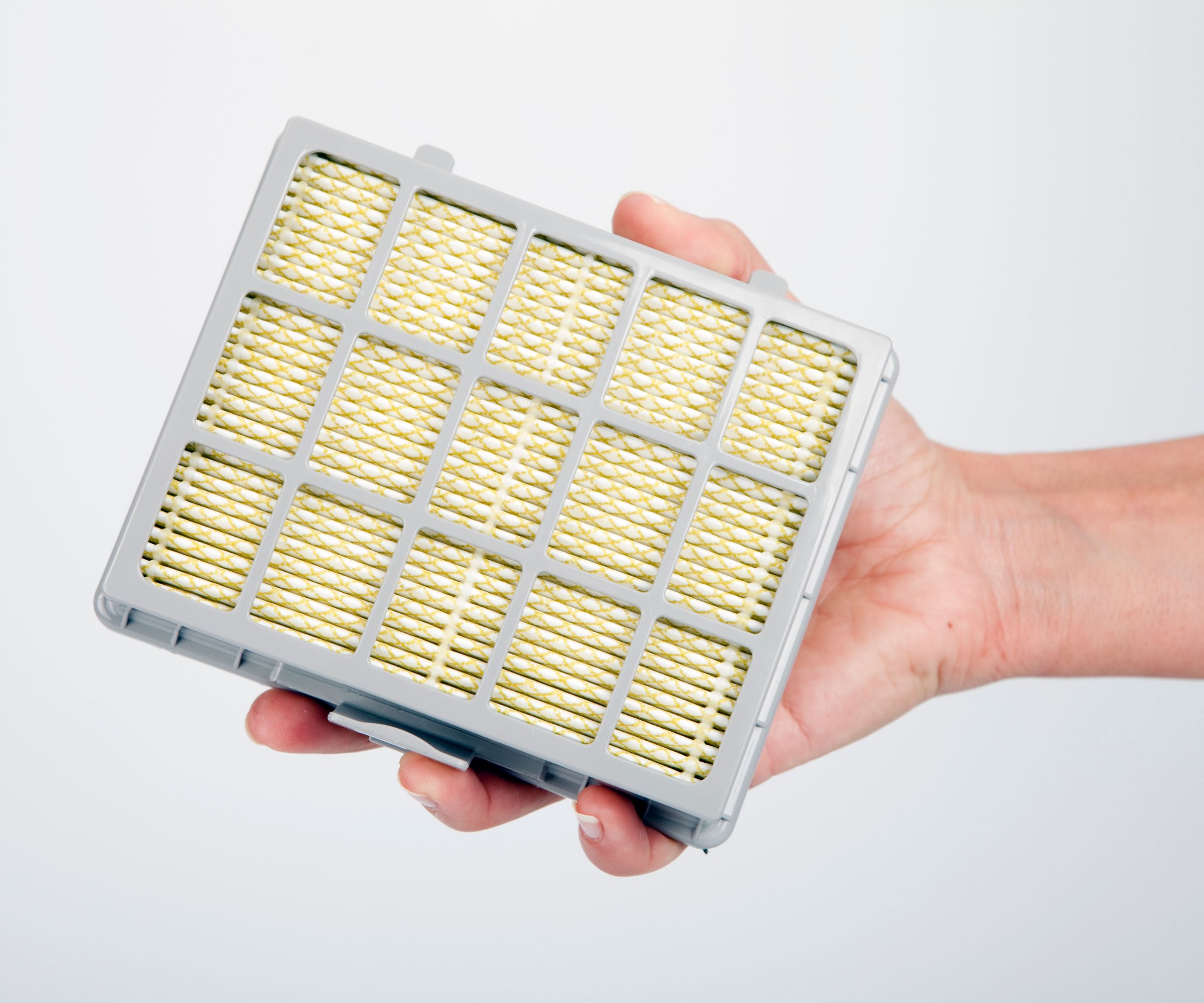
Dusty, clogged-up HVAC air filters are one of the main reasons why your heating is so expensive and why your home gets dusty quickly. The solution is simple.
Gordon Chalk, co-managing director at Next Level Underfloor Heating and Screed Solutions says, ‘This is probably the most common and easily preventable issue, and is the most common item we talk to our clients about. Air filters are designed to capture dust, pollen, and other airborne particles. When the filter becomes clogged, it restricts airflow, forcing the HVAC system to work harder to circulate air. A clogged air filter will reduce efficiency and can increase your energy bills by five to 15%.
‘Clean your HVAC system and inspect your air filters monthly, and replace them every one to three months, or whenever they appear dirty. The frequency will depend on the type of filter and the air quality in your home. Use high-quality filters to trap even more dust and dirt. We always advise our clients to set a reminder on their phone, or calendar, to remind you when it’s time to change the filters.’
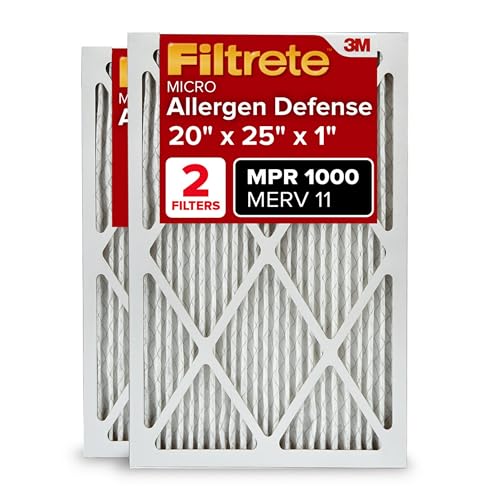
Always check your HVAC manual for the size and type of filters you need for your system before replacing them to avoid damaging your system.
2. Schedule duct cleaning
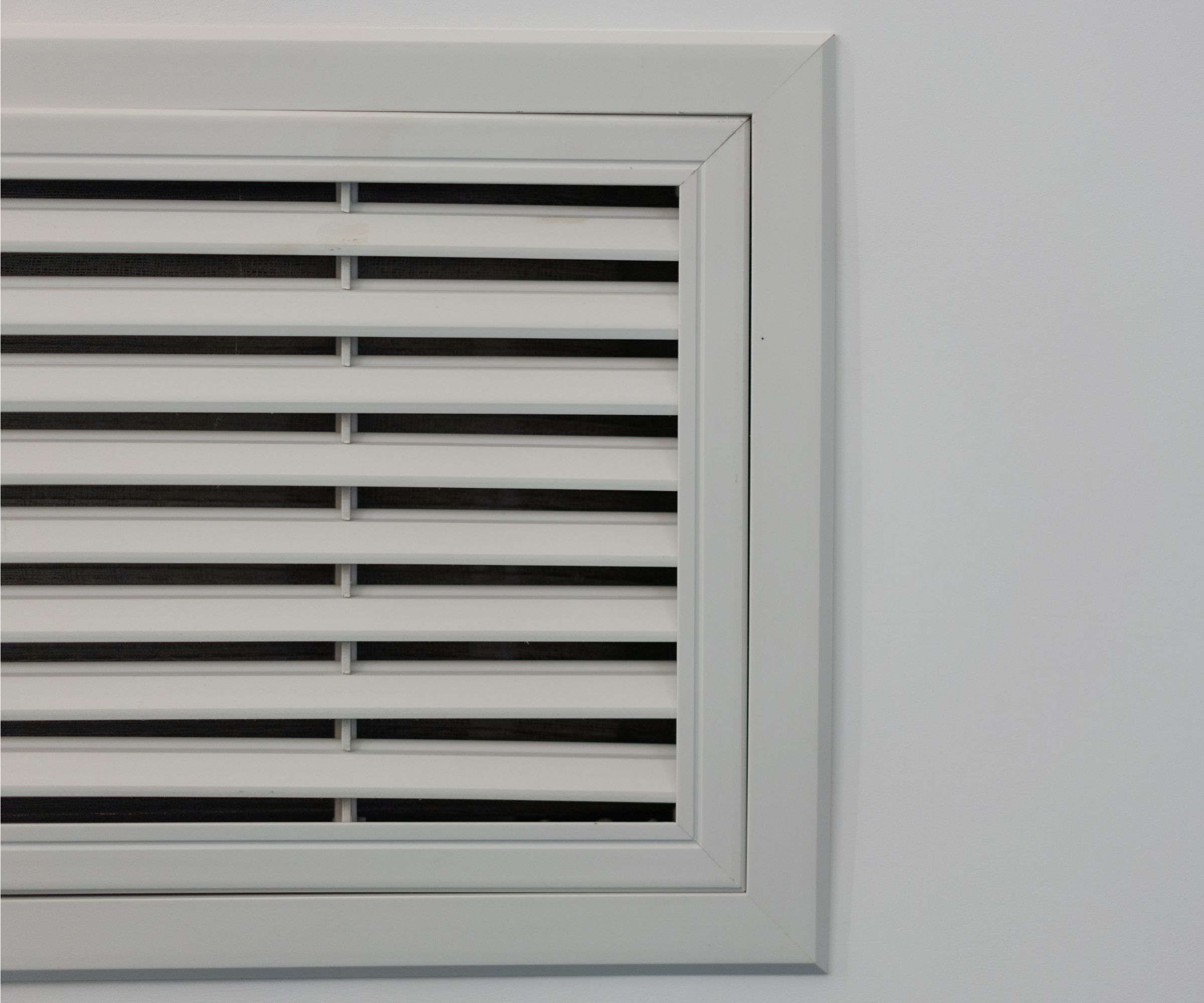
It is not just your filters that need cleaning to stay efficient. Michael Zohouri, HVAC specialist and founder of The Retrofitters points out that your ductwork is just as important, saying, ‘In ducting, thick layers of dust force blowers and fans to work harder, increasing energy demands. Professional duct cleaning every few years helps maintain performance and reduces strain on the system.’ You can time this to coincide with servicing an HVAC system to keep everything in safe, working condition.
While duct cleaning should be done by a professional, you can still clean vents around your home to keep the external air outlets free from debris. It can also help to make a house smell nice by ridding your HVAC outlets of bacteria and musty-smelling debris when your AC unit smells.
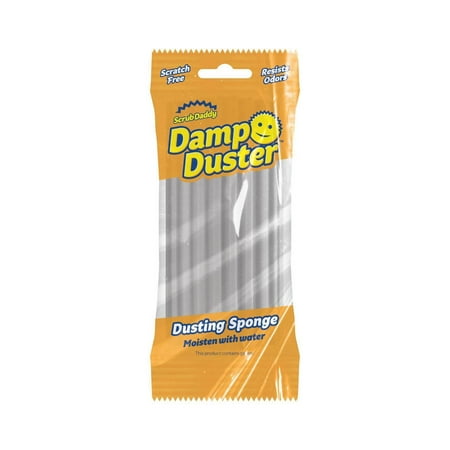
The Damp Duster picks up dirt in the deep ridges, using moisture to cling to dust to avoid spreading it around. It is one of the most effective ways to clean away dust properly and prevent it flying up into the air.
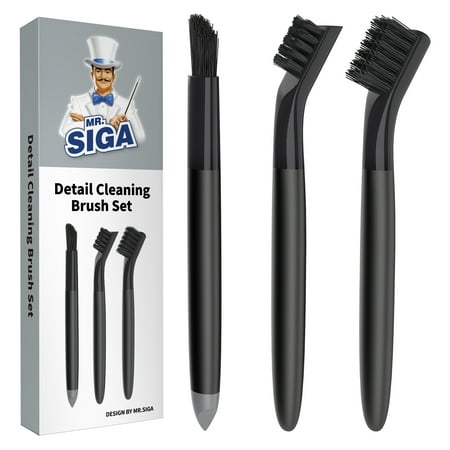
HVAC vents can have lots of awkward gaps and corners in them. Detail and crevice brushes can help to flick dust and dirt from them with ease, allowing you to thoroughly clean them.
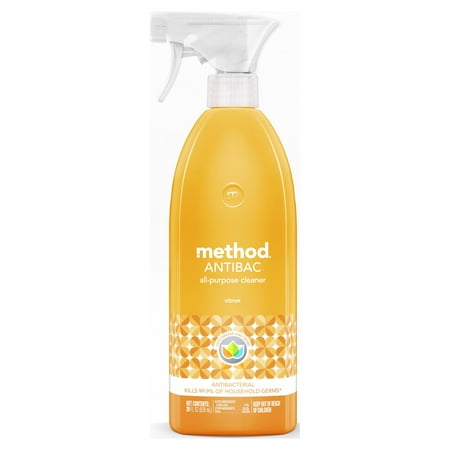
A multi-purpose cleaner can help to kill bacteria and make it easier to remove dust when cleaning around floor and wall vents.
3. Dust thermostats regularly
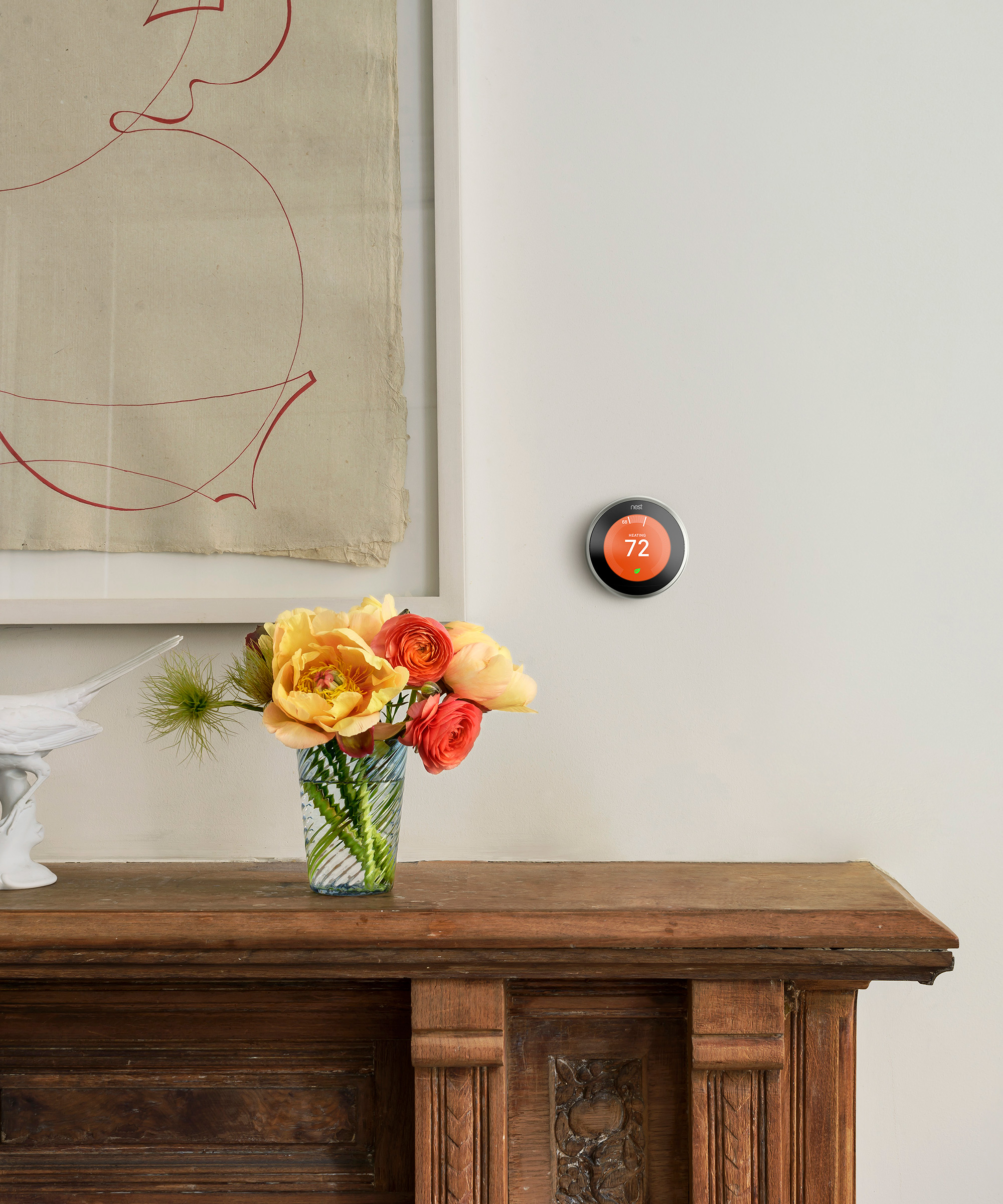
One of the most common thermostat mistakes is setting them up and then forgetting about them. A build-up of dust is a common thermostat problem that can lead to inaccurate readings and poor temperature control around your home.
Michael continues, ‘Wiping down thermostat sensors prevents dust from interfering with accurate temperature readings, keeping heating cycles efficient. Forgetting to do so forces thermostat-controlled heating systems to run longer to reach their target temperature.’
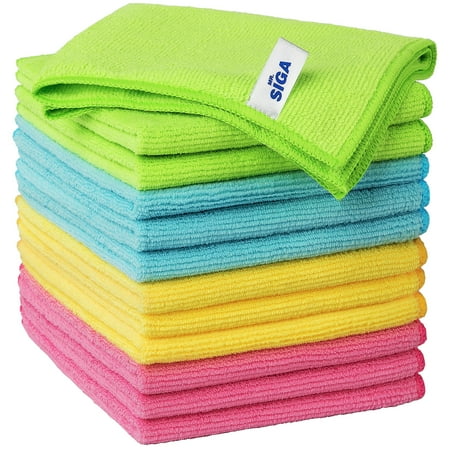
For everyday dusting, a microfiber cloth dampened with a cleaning spray is ideal. When cleaning a thermostat, dust all the sides and the front carefully, being sure not to accidentally adjust the settings or turn it off.
4. Clean coils
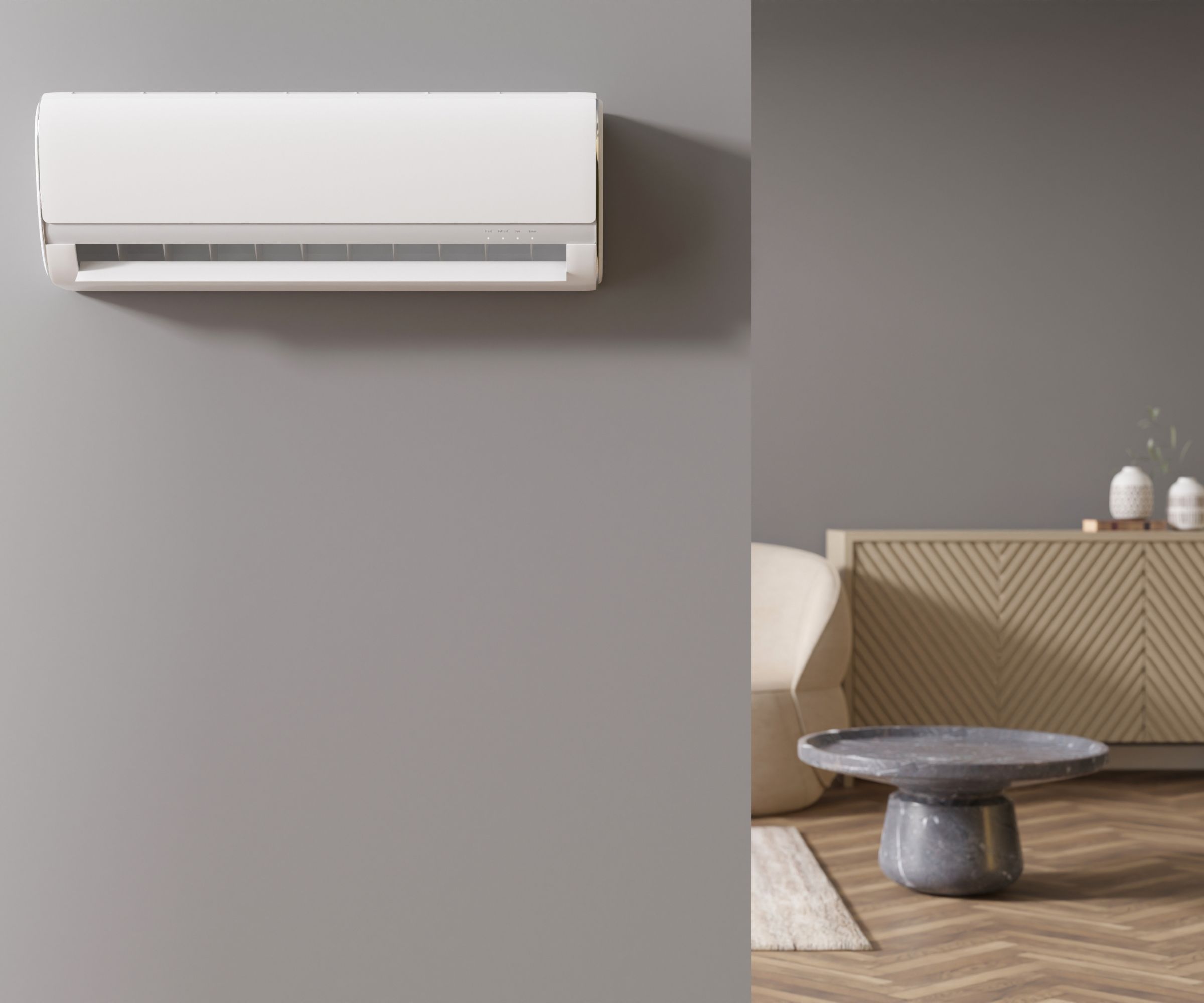
Other mechanical parts of your HVAC, AC system, and furnace can be coated in dust, making the system work harder over time.
Steve Robbins, owner of Robbins Heating & Air Conditioning explains, ‘When these areas are covered in dust, your system can't transfer heat or move air correctly. It makes up for it by running longer cycles, which uses way more energy. I recommend calling the pros to have your system cleaned and maintained twice a year.
‘Regular maintenance costs less than the extra energy you'll use with a dirty system.’
5. Dust off radiators
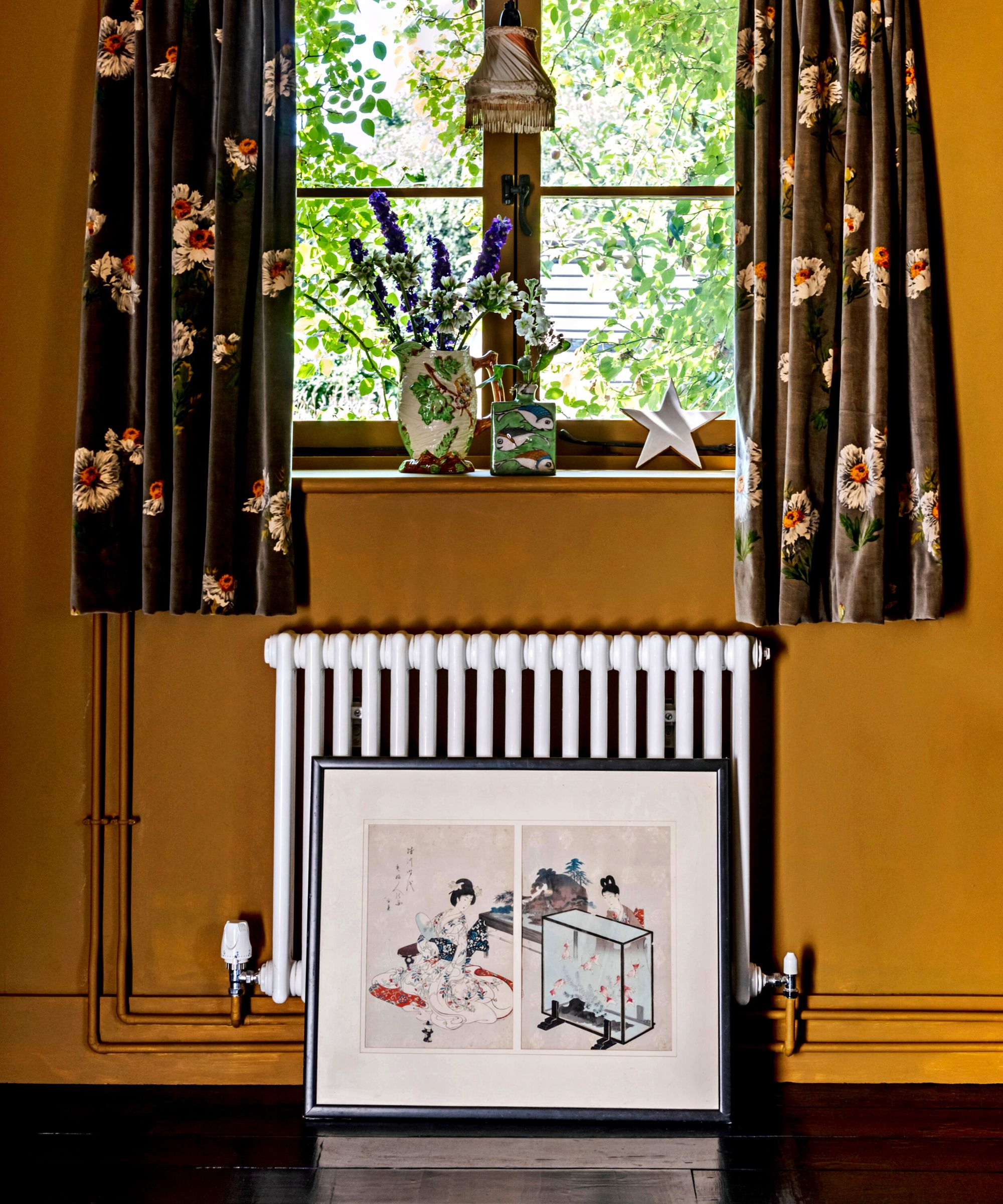
If your home has a more traditional boiler and radiator heating type, remember to clean behind radiators and in the grooves regularly to keep warm air circulating more easily.
Keith Batian, founder of Fischer Future Heat shares, ‘Most people don’t realize that a dusty radiator is a less efficient radiator. Dust buildup acts as a barrier, preventing heat from circulating effectively around the room.
‘Start by turning off the heating to avoid burns. Then, use a brush of a vacuum cleaner with a hose attachment to reach inside the small gaps and behind the unit, A long-handled dusting wand [such as the Bona duster, available at Walmart] or microfiber cloth can also be useful for narrow gaps.
‘Regular radiator maintenance doesn’t just improve heating performance – it creates a healthier, more comfortable home.’
Remember to also bleed radiators from time to time to remove air from the system and keep hot water flowing efficiently. If your radiators making clanging and banging noises, it's a sign you likely have some air circulating.
FAQs
How does a house get so much dust?
A house can get dusty for several reasons. Indoor sources include pet dander, dead skin cells, and fibers from textiles. Dust can also be blown in from outside, through open doors and windows, or through poorly insulated homes with unsealed gaps. While dust is difficult to prevent completely, there are ways of limiting its impact, such as cleaning regularly, draft-proofing a home, and taking shoes off at the door to avoid treading dirt through your house.
You can also get an air purifier to help get rid of some dust as it removes particles from the air. Investing in one of the best vacuums or best vacuums for pet hair will also help by pulling dust, fur and pet dander out of your carpets.
Does opening windows help with dust?
Although it might feel like letting fresh air in blows away some dust, opening windows actually makes dust and pollen inside a home worse. While opening windows occasionally to improve ventilation is important, if you want to clean your air indoors, it is better to have an air purifier to help filter out contaminants.
These essential cleaning tips might sound like a hassle, but they are far less work than a malfunctioning HVAC unit, compromised air quality making you sick, or extortionate bills.
If a thorough cleaning hasn't helped eliminate hot and cold spots in your home, then there could be more serious issues at play, such as degraded insulation. If that is the case, it might be time to call in the experts for an assessment.







